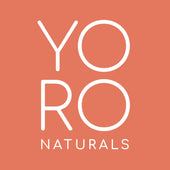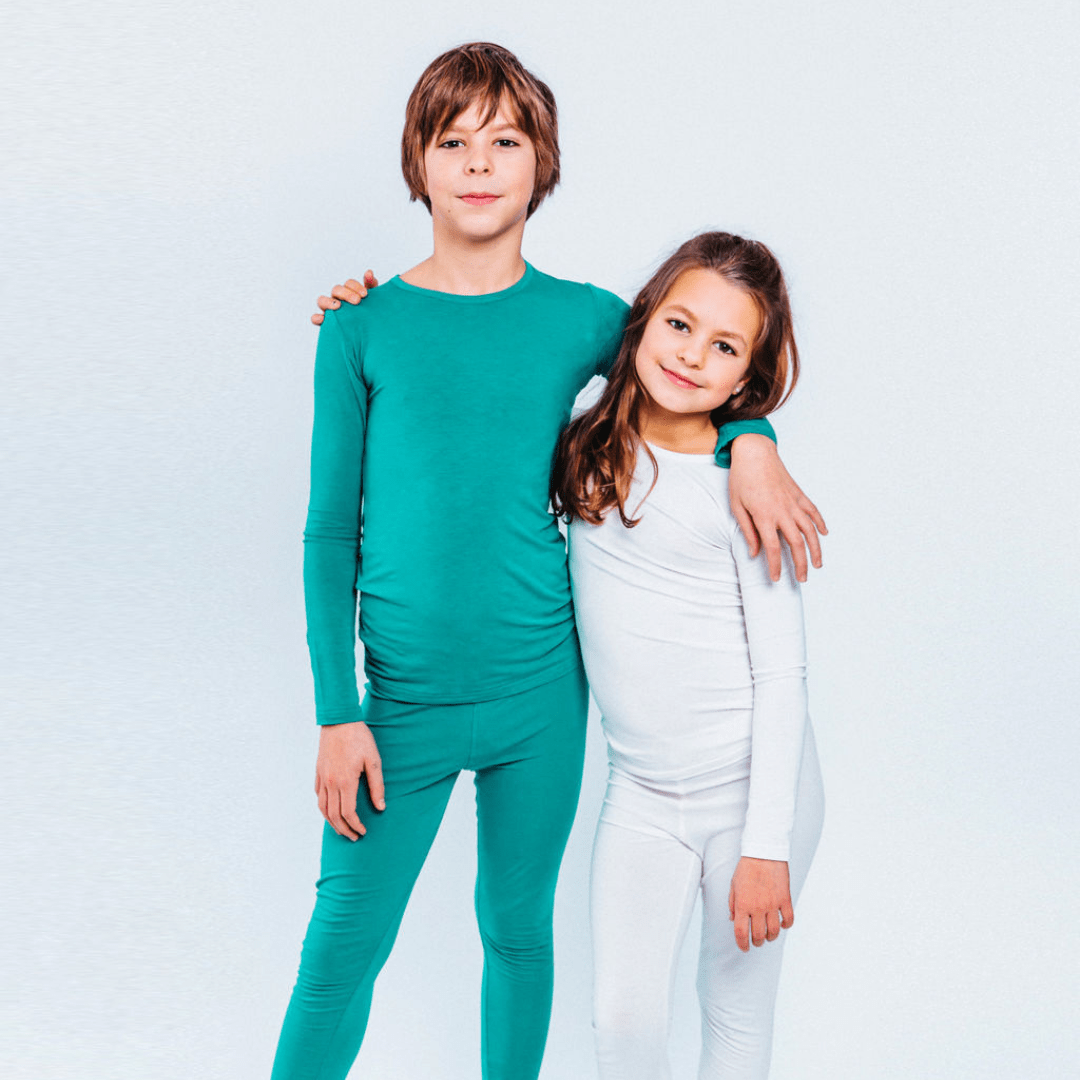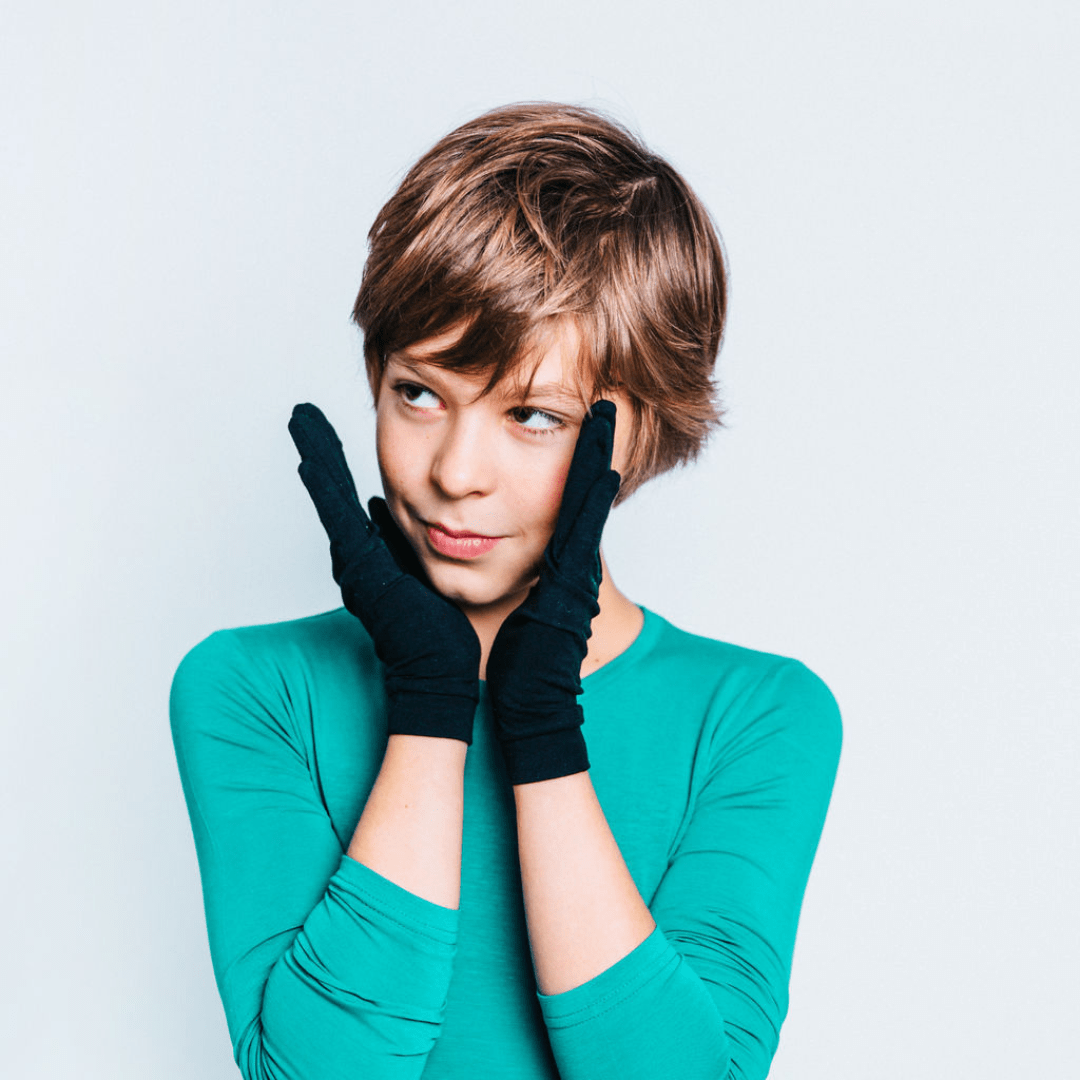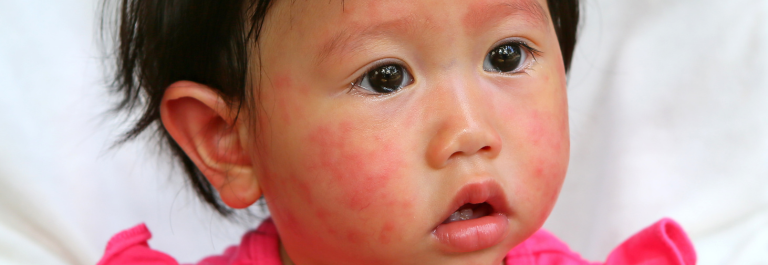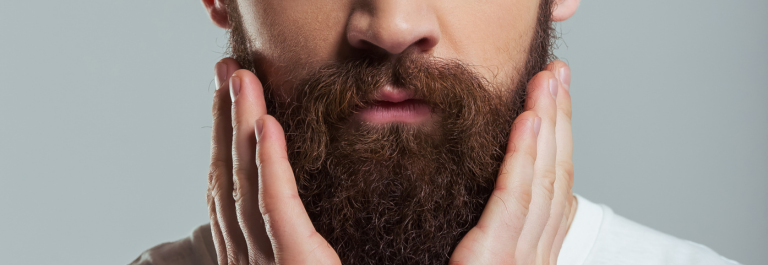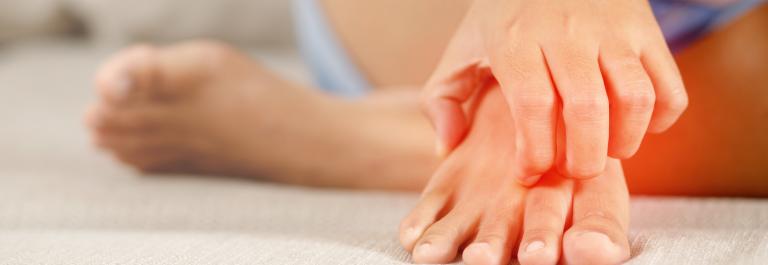As a parent, guardian, or carer, it can be concerning when a rash appears on your baby or child's skin. But childhood rashes are actually very common and most often can be treated at home with little worry.
Throughout this post, we're here to cover everything you need to know about:
-
The most common childhood rashes, including their causes and key symptoms
-
How best to treat skin rashes in children
-
What to do in more severe cases
Keep reading to learn more about which type of childhood rash your little one might be experiencing and how best to soothe their symptoms.
What Are The Most Common Childhood Rashes?
Skin rashes can be caused by many factors ranging from dry skin to viral or bacterial infections, with each type of skin condition manifesting slightly differently.
So, let's look at some of the most common skin rashes that impact babies or children.
Slapped Cheek Disease
Slapped cheek disease (AKA slapped cheek syndrome) is a viral skin infection that causes a patchy, itchy rash across one or both of your baby's cheeks. Typically, a spotty rash appears across the chest, arms, and legs a few days later, too.
It is usually accompanied by a runny nose, sore throat, and headaches and is spread by inhaling droplets from the coughs or sneezes of anyone infected with slapped cheek disease.
Hand Foot and Mouth Disease
If your little one has blisters on their hands and feet and sore ulcers in their mouth, they might have hand, foot, and mouth disease.
Again, this is a viral infection spread through inhaling airborne droplets. Patients will usually experience a sore throat, high fever, and loss of appetite.
Thankfully, symptoms tend to subside after 7-10 days.
Scarlet Fever
Scarlet fever often manifests as a wide-spread rash of small, raised bumps all across your child's chest and stomach, alongside flu-like symptoms such as a high fever and swollen neck glands. You might also see a white coating on your child's tongue or little red bumps.
Scarlet fever is a highly contagious bacterial infection, so you must keep your child home from nursery or school.
While in the past scarlet fever has tended to lead to more severe complications, such as ear infections or pneumonia, antibiotics today help you to nip this infection in the bud safely and quickly.
Molluscum Contagiosum
Molluscum contagiosum is most often a harmless rash characterized by small, firm spots that develop across the skin, forming raised domes with a shiny, white dimple (a bit like a pus-filled spot). These spots will tend to form in and around your child's skin folds but can appear on the face, too.
Molluscum contagiosum is mildly contagious and passed through skin-to-skin contact.
You'll be relieved that most rashes aren't severe and tend to pass by when your child is 18 months old.
Diaper Rash
If your baby spends long hours in a wet or soiled diaper, or their diaper doesn't fit quite right and rubs against their delicate skin, they might develop diaper rash.
This skin condition is characterized by a red, sore bottom, scaly, dry skin, and spots or pimples that are hot to the touch.
You must change your baby's diaper regularly to avoid this, keeping their skin clean and dry.
Baby Acne
We tend to think of acne as a right of passage during adolescence, but did you know that babies very often get acne, too?
Hormones in the placenta will affect your baby's sebum levels, which refers to the skin's natural oils. While sebum is vital for keeping skin hydrated and strong, too much oil can clog your baby's pores, causing acne.
Thankfully, this is often harmless and will pass without treatment, thanks to your baby's immune system.
Atopic Eczema
Have you noticed outbreaks of dry, scaly, itchy skin patches behind your child's knees, in the eyes of their elbow, or on their hands or feet? If this sounds familiar, they may be experiencing a common form of eczema called atopic dermatitis.
Atopic dermatitis is a chronic (long-term) inflammatory skin condition caused by genetic and environmental factors, including an overactive immune system and off-balance skin microbiome.
While eczema can often be an uncomfortable skin condition requiring consistent symptom management, there are many helpful treatment options to help restore your little ones to health.
Heat Rash
If you live in a warmer climate or home, your baby might be susceptible to developing heat rash (AKA prickly heat).
This common skin condition is caused when your child's sweat ducts become blocked, creating small red, pink, or brown pimples across their skin that are highly itchy.
Babies can sometimes develop heat rash when well-meaning parents dress them up too warmly. Thankfully, however, prickly heat is often very simple and easy to treat, starting by giving your child a cool bath, switching out of sweaty clothes, and keeping their skin clean and dry.
Best Treatment Options for Childhood Rashes
As we've explored, even though childhood rashes can feel worrying, they tend to be very common and can most often be treated effectively at home. If your baby is struggling with an itchy or painful rash, we've got a few tips for you to try out to help soothe their skin.
Use A Gentle Moisturizer
To help combat itchiness and stop scratching, we'd recommend using a deeply hydrating moisturizer made from gentle, natural ingredients.
For example, this Organic Manuka Skin Soothing Cream contains nourishing manuka honey, which also boasts potent antibacterial properties to help fight skin infections. Safe for even the most dry skin, including people with atopic dermatitis, you'll find that kids love the soft, sweet honey smell!
Break The Itch-Scratch Cycle
Many common childhood rashes are characterized by highly itchy skin, which becomes even more inflamed when scratched, damaging the skin's barrier and sometimes leading to skin cracking or bleeding.
To tackle incessant itching, we'd recommend trying out the Remedywear™ Fingerless Gloves for Kids, which are embedded with TENCEL and anti-inflammatory zinc to soothe aggravated skin and are specially designed to help protect the delicate skin of your hands from harsh scratches.
Use A Cool Compress
If your child's symptoms are more severe or constant, itching keeps them awake at night, you might find that creating a cool compress helps to give them targeted, intensive relief.
These stretchy Remedywear™ Eczema and Psoriasis Sleeves are perfect for wet wrap therapy. They are made from a hypoallergenic and form-fitting material that stays put alone or under clothing while letting their skin breathe simultaneously.
When Is It Time To See A Doctor
While most childhood rashes can be safely treated at home, we'd urge you to reach out to a doctor if you notice any of the following symptoms in your baby or child or if any of their rashes persist even after home treatment:
-
A stiff neck
-
Sensitivity towards light
-
A very high fever
-
Any difficulties breathing - this may be the result of a severe allergic reaction
-
A rash that looks like minor bruises or bleeding under the skin
-
Their skin, lips, or tongue look pale, blue, or blotchy
Remember that as a parent or carer, you must trust your gut. Your worries and concerns are valid, and it's always okay to seek a second medical opinion and get some emotional support for yourself, too.
Treat Childhood Rashes Today
Follow these tips to help you identify which type of rash your child or baby might be experiencing, allowing you to decide on the best ways to manage their symptoms and help them feel more comfortable in their skin.

